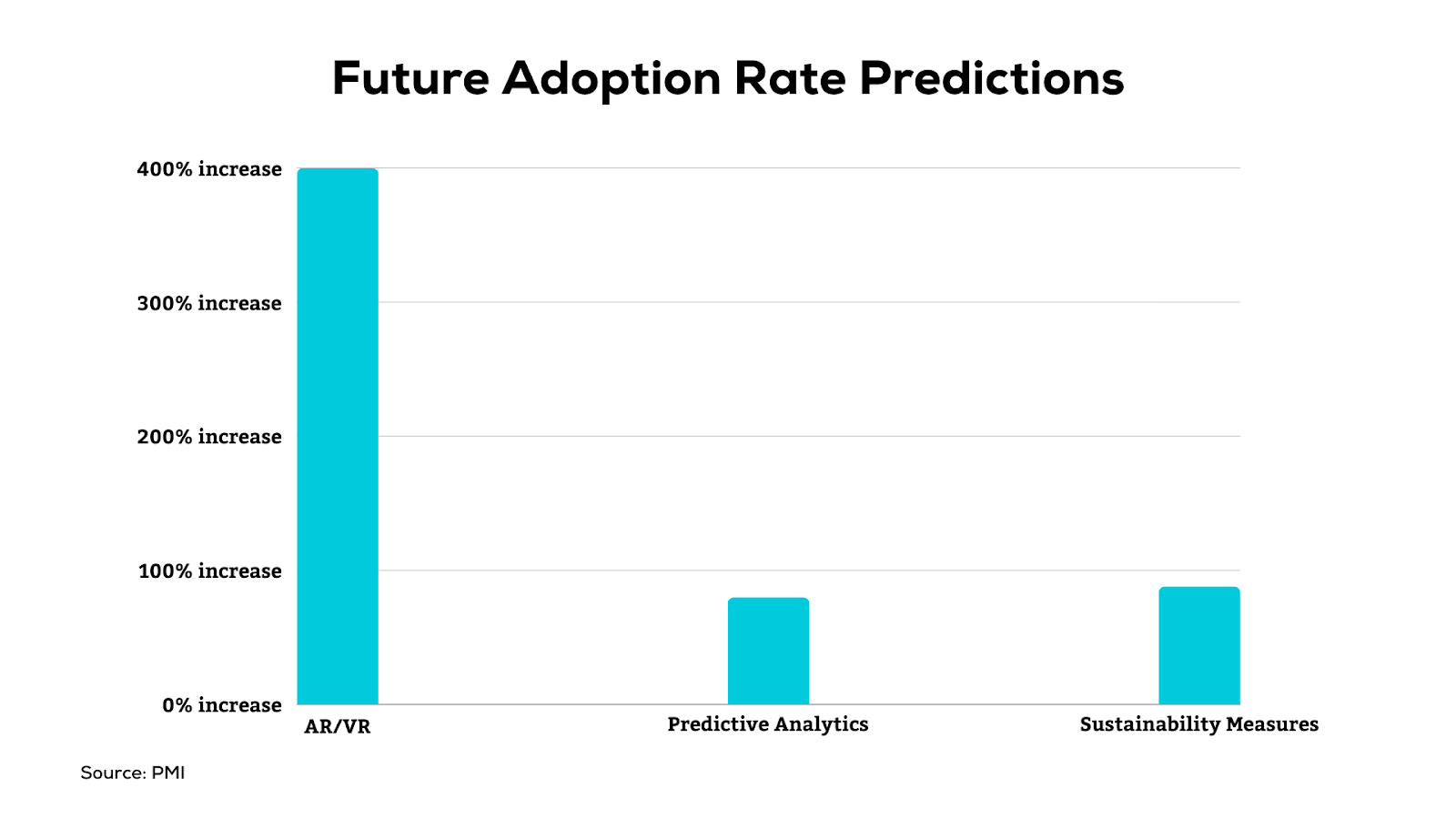The creative industry relies on technology to bring ideas to life. Creative professionals rely on purpose-built project management platforms as projects become more complex. Mastering these evolving tools determines the success of creative teams in turning visions into reality.
The Vital Role of Project Management Software
Special project management systems helps creative teams simplify processes, meet deadlines, and produce excellent work. These systems facilitate improved teamwork, communication, and supervision.
Specialized software helps consolidate creative ideas into successful outcomes.
79% of creatives now use tailored project management platforms. Furthermore, 87% of companies think these tools enhance visibility and coordination for creative projects.
Adoption is already high and continues to grow. But the competitive landscape demands constant evolution.
Top Software Capabilities
Effective creative project management software enables users to:
- Assign tasks across teams and track progress
- Manage requests from many stakeholders
- Plan sprints, milestones, and deadlines
- Streamline approvals and reviews
- Integrate file sharing and feedback
- Divide resources based on availability and skill sets
- Ensure access control and permissions
- Enable remote collaboration through chat and commenting
- Generate custom reports and share analytics
- Forecast risks via data insights
These features improve how work gets done, so everyone can work together and succeed.
But needs are changing. Standing still means falling behind.
Emerging Trends Reshaping Creative Software
Technology is advancing and creating new possibilities, which makes people expect more. Many high-impact trends are reshaping project management software for creatives.
Integration with Existing Creative Tools
Creative professionals use special tools like Adobe Creative Cloud, Blender 3D, Procreate, and Cinema 4D to bring ideas to life. But moving files and communicating context across platforms causes fragmentation.
72% of creatives now demand deep integration between creative project management software systems to bridge this gap.
To facilitate a smoother transition from idea to finished product, utilize plugins, extensions, and automation. Also, centralize file access and permissions to simplify handoffs.
Adobe Workfront now works with Photoshop, Premiere Pro, and After Effects to coordinate creative work. Expect integration to become standardized as interoperability becomes increasingly crucial.
AI and Machine Learning
As creative projects grow more multifaceted, artificial intelligence (AI) and machine learning (ML) offer solutions. By 2023, experts predict that AI/ML will be used in over 40% of project management workflows. This will help global creative teams coordinate better.
Key applications include:
Enhanced Resource Management
AI can use past performance data to distribute work based on skills, availability, and deadlines. This results in more efficient allocation strategies.
Automated Administrative Tasks
You can handle routine tasks like status reports, documentation, and scheduling by following set rules. This alleviates creative talent from repetitive tasks.
Predictive Risk Analysis
Advanced computer programs can find patterns in previous actions and predict potential problems. These predictions can then help us take steps to prevent them. This empowers managers to identify potential pitfalls early.
Improved Design Decisions
You can use historical data and testing to make design choices based on evidence instead of opinions. This boosts result quality.
Advanced AI/ML technology will transform creative project management with an increase in computational power.
The Future: Predictions for Creative Teams
Many paradigm-shifting innovations lie ahead. Here are some key developments creative professionals should prepare for

Mainstreaming of Immersive Technologies
Creatives live on the bleeding edge of technology. As science fiction becomes real, new technologies like augmented reality (AR), virtual reality (VR), and artificial worlds (metaverses) will unlock creative possibilities. But, they will also bring new coordination challenges.
Explosive growth in integrating extended reality collaboration platforms over the next 3-5 years. Teams can utilize these workspaces to explore 3D concepts and provide feedback. They can also review life-sized renderings and visualize finished products before physical production.
The creative professionals who learn these new tools and communication channels first will have an advantage as they become more used.
Rise of Data-Driven Decisions
Gut instinct is losing relevance as advanced data analytics enter the mainstream. While creativity requires risk-taking, analytics provide guardrails.
87% of media and entertainment leaders plan “significant investment” in data analytics over the next 3 years.
Advanced algorithms analyze data to provide insights for better decisions and optimization opportunities.
By 2027, it is expected that creative organizations will adopt analytics and AI-based simulations to forecast performance, divide resources, and quantify campaign success, with over 80% participation. This shift towards quantifiable evidence over impulses will shape creative direction.
Innovation in Action: Real-World Case Studies
Skeptical about integrating disruptive technologies? Here are two powerful examples of pioneers seeing tremendous benefits:
Adobe Workfront Productivity Boost
The software company Adobe studied how advanced AI and machine learning affected their Workfront project management system.
- 46% improvement in team productivity
- 34% faster project completion times
- $3.92 million in indirect savings
AI improved speed, quality, and profitability by providing real-time data-driven insights and optimizing resource recommendations.
State of Agile Creative Teams Report
The annual State of Agile report studies global software developers. But the findings hold valuable lessons for creatives:
88% of teams improved by using Agile project management principles focused on adaptability and customer needs.
Additionally, Agile teams exceeded productivity benchmarks by:
- 24% faster delivery speeds
- 53% better quality ratings
- 21% higher customer satisfaction
- 29% more accurate budget forecasts
This data shows that adapting methods to meet evolving needs maintains quality in uncertain circumstances.
Overcoming Resistance to Advanced Solutions
Even promising innovations meet resistance. But data shows that proper change management pays dividends.
- 45% cite cultural resistance as an obstacle
- But, companies that use best practices like training programs, internal influencers, and interactive demos achieve software adoption rates that are 60% higher.
Steep learning curves prompt reluctance. But interactive education campaigns can overcome hesitation while unlocking potential. Patience and guidance enable teams to embrace advances.
Leaders must balance empathy, encouragement, and accountability to smooth transitions. But improvements relying on people instead of processes or tools yield the most well-rounded and sustainable success.
Expert Insights: FAQs for Navigating Change
What should creative teams look for when evaluating software?
Important factors are managing tasks, teamwork tools, report dashboards, budget management, integrations, and mobility. Align features to the complexity of existing creative workflows.
How do we secure privacy with AI-driven software?
McKinsey recommends encrypting sensitive data plus establishing regular security reviews and infrastructure updates. Maintain transparency on what insights tools track and why to build confidence across stakeholders. Rank consent and ethics alongside efficiency.
Are there any relevant training programs and certifications?
The Project Management Institute (PMI) provides certifications in Agile and business analysis. These credentials are useful for advanced project management. Investing in professional development empowers teams.
The Future of Creative Project Management
Specialized project management software becomes crucial as creative projects become more complex and distributed. Leaders must adjust tools and processes to changing needs by being flexible, integrating, and automating.
Adopting the latest innovations requires empathy, encouragement, and education to overcome inevitable resistance. But creative tools will only advance further. So awareness, adaption, and action are mandatory.
By mastering the use of these advanced technologies, creative professionals can enhance their productivity and gain greater control over their creative projects. The future remains uncertain – but exciting!












